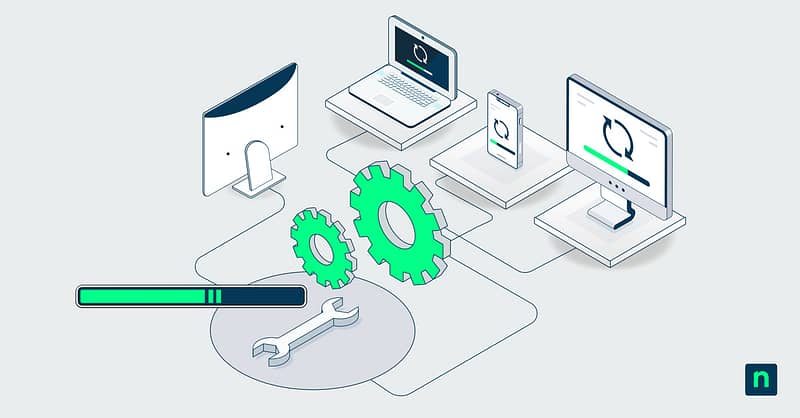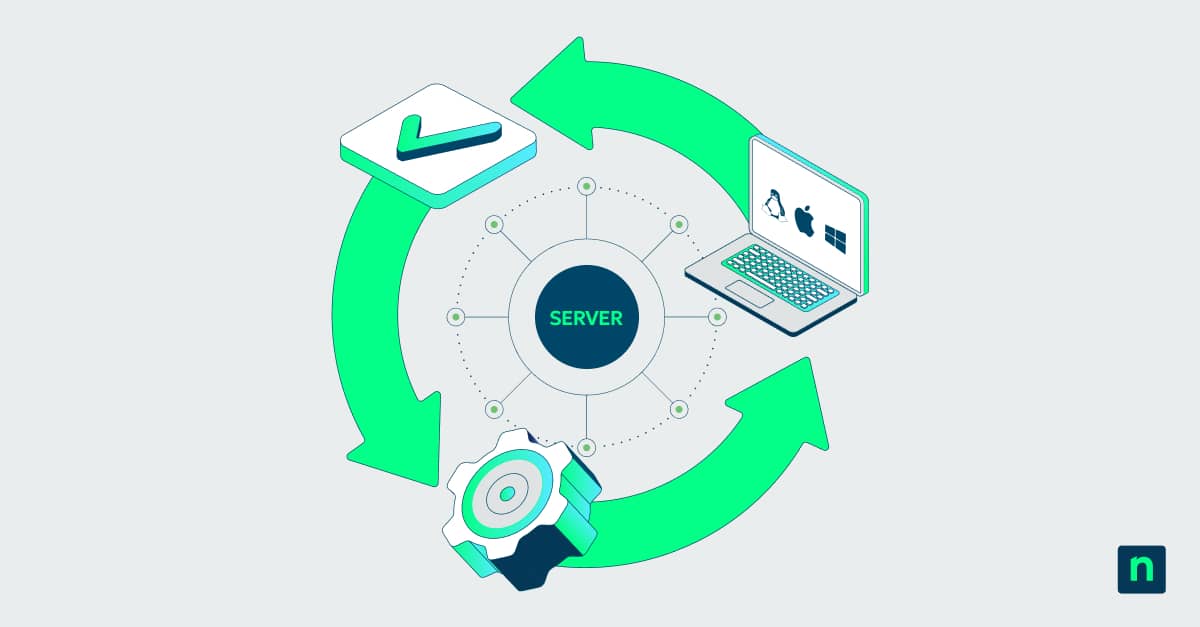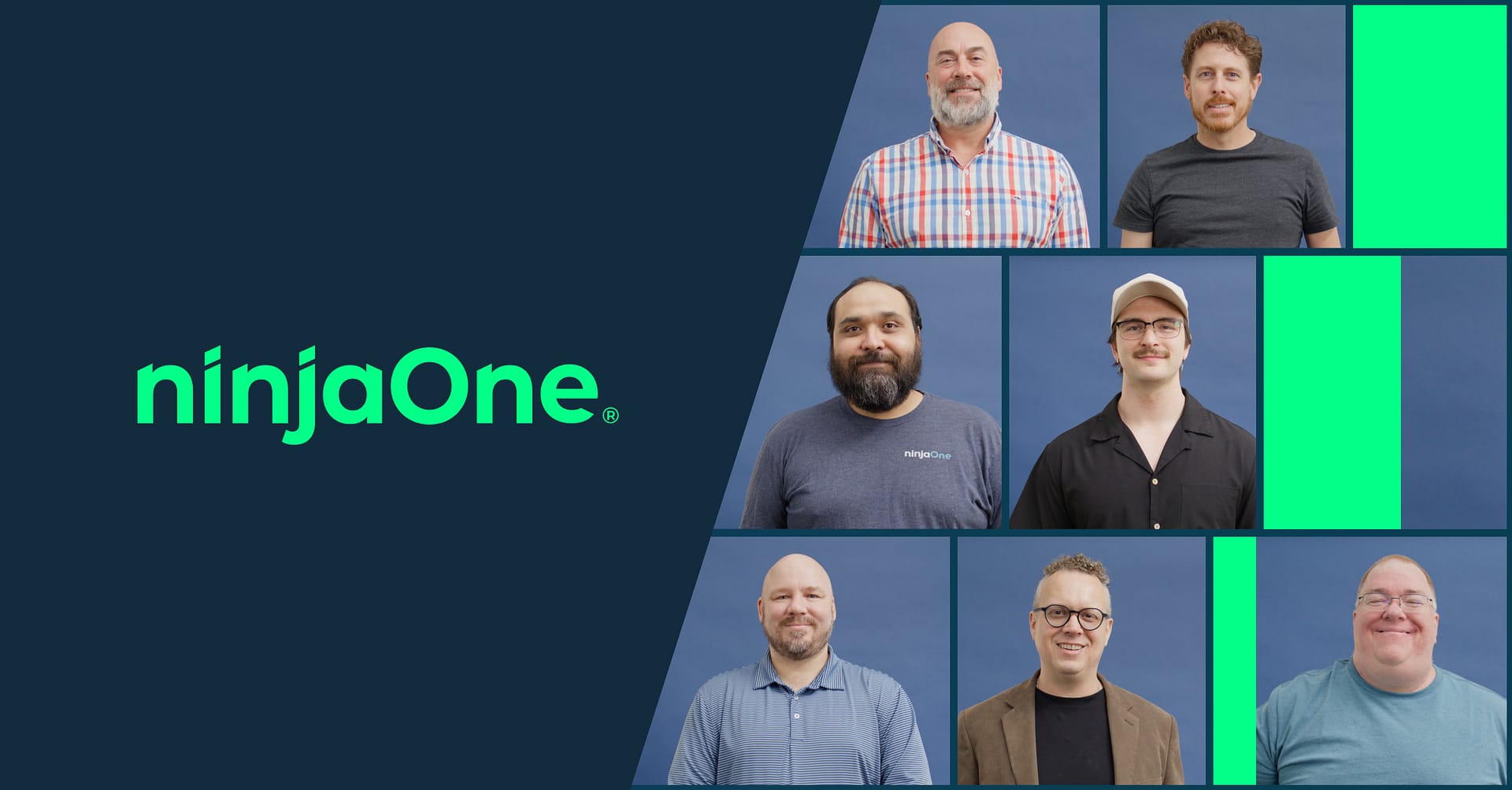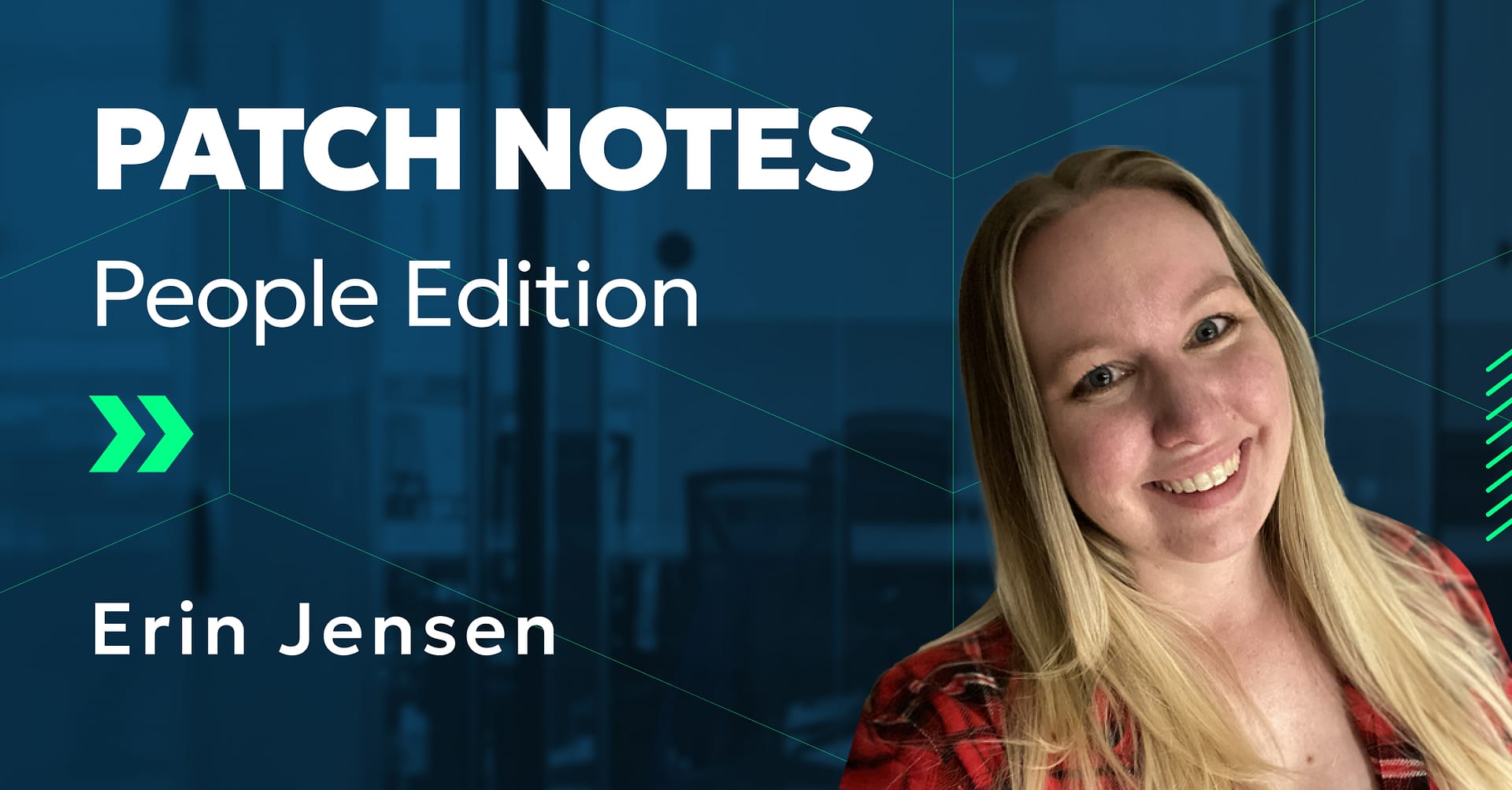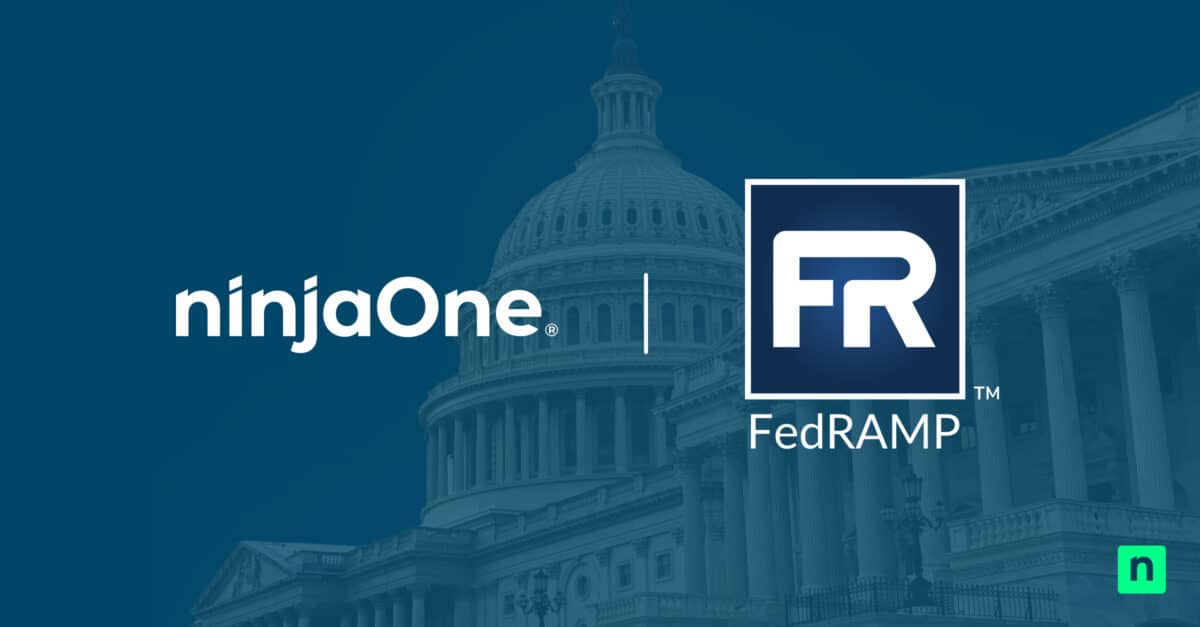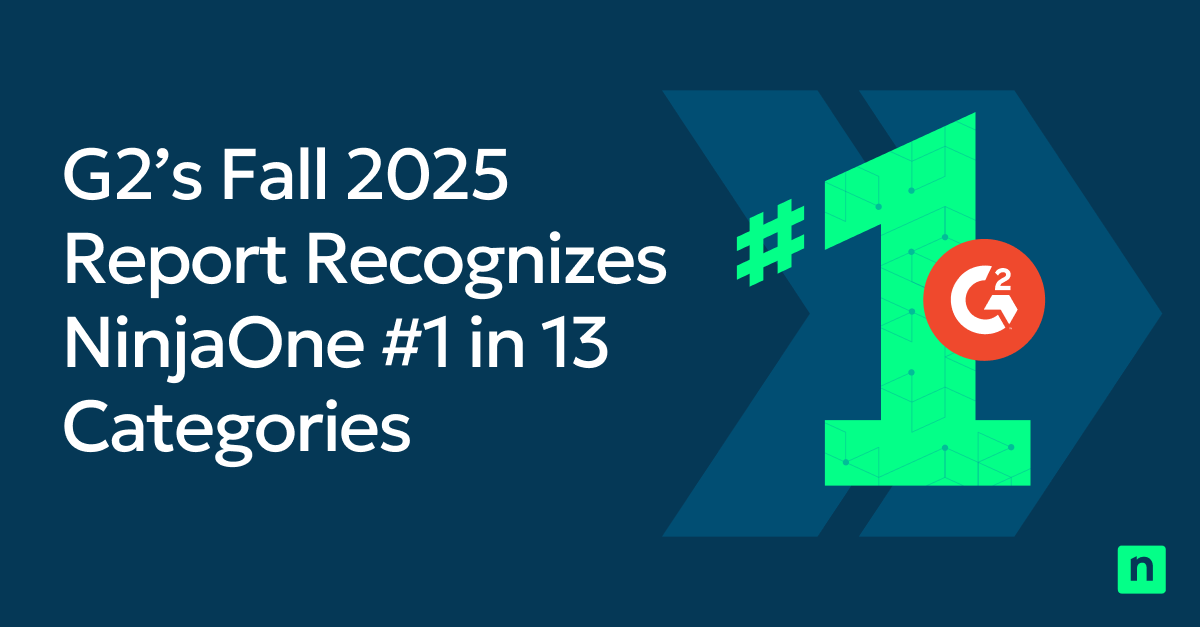The baseline problem with traditional patching
Traditional patching has always been a balancing act between speed and stability. However, in today’s threat landscape, where more than 60% of breaches are tied to unpatched vulnerabilities, that balance can’t come at the cost of security.
Effective patch management is the foundation of every cybersecurity strategy. When organizations patch quickly and consistently, they eliminate the vulnerabilities attackers most often exploit. This means firewalls, EDR, SIEM, and every other security tool function more effectively because they have less to do. Patch management doesn’t compete with other security investments, it multiplies their value by reducing noise, shrinking the attack surface, and letting advanced defenses focus on novel threats. It may be the single most important security investment an organization can make.
This is how NinjaOne’s Autonomous Patch Management changes the game. By combining automation, intelligence, and flexible, policy-driven workflows, it transforms patching from a constant firefight into a security-first, operationally resilient process.
Automated patching across OSs and applications
It’s no longer enough to only patch operating systems. Attackers exploit weaknesses in third-party applications every day, and those apps are often business-critical. NinjaOne supports Windows, macOS, Linux, and over 6,000 third-party applications with the same automation and policy-driven precision. One unified approach closes more gaps, faster, ensures a consistent approach and comprehensive visibility across the whole IT stack..
Autonomous patching with Patch Intelligence AI
This is where patching moves beyond “set it and forget it.” Patch Intelligence AI continuously analyzes vendor telemetry, community forums, and deployment signals to detect unstable or risky updates. Patches flagged as problematic are automatically paused, even if existing policies exist to approve them, preventing downtime and disruption before it happens.
At the same time, NinjaOne ingests CVE/CVSS data and seamlessly imports vulnerabilities from scanners like Tenable, Qualys, and Rapid7. Critical patches can be prioritized for faster remediation, shrinking exposure windows while ensuring safer rollouts. With flexible, policy-driven automation and the option for manual intervention, IT teams can confidently align remediation with organizational risk tolerance while retaining the agility to act instantly on zero-day vulnerabilities.
The result: Safer, more reliable patching that strengthens every other security and IT investment.
The hidden operational cost of bad patches
Patch Intelligence AI isn’t just a security play, it’s a massive operational risk reducer. Consider this: 95% of Windows OS patches deploy successfully. That means 5% fail. Each failure forces IT teams to investigate, uninstall, remediate, and re-deploy — potentially an enormous time-sink across thousands of endpoints. By automatically pausing unstable updates, NinjaOne eliminates much of this hidden overhead, saving countless hours while maintaining stability.
Vulnerability importing and Zero-Day readiness
NinjaOne integrates directly with scanners including Tenable, Qualys, and Rapid7 to automatically import vulnerabilities, map them to affected assets, and enable prioritized remediation using CVSS scores. When zero-day threats emerge, IT can bypass automation cycles and apply patches manually, ensuring a fast, targeted response.
Any device, anywhere
Whether endpoints are in the office, at home, or in the field, NinjaOne ensures they stay patched and protected. Our cloud-native, agent-driven platform requires no VPNs, on-prem servers, or slow network connections. Patches deploy wherever the device is, keeping security posture consistent across a distributed workforce. For larger environments, patch caching (available with premium licenses) reduces network strain and speeds up patch rollouts.
The three pillars of autonomous patch management
NinjaOne’s approach is built on three pillars:
- Unified, risk-driven workflows – Bringing together vulnerability data, patching, and configuration into one seamless engine.
- Security-first automation – Ensuring patches are prioritized by risk, not just by release date.
- AI-powered operational assurance – Using Patch Intelligence AI to prevent disruptions and reduce hidden IT costs.
Together, these pillars ensure organizations don’t just patch faster, they patch smarter. This is what modern vulnerability and patch management should look like.
Read the Pocket Guide to Autonomous Patching to learn more about how you can take advantage of autonomous patching and gain some time back in your day.
